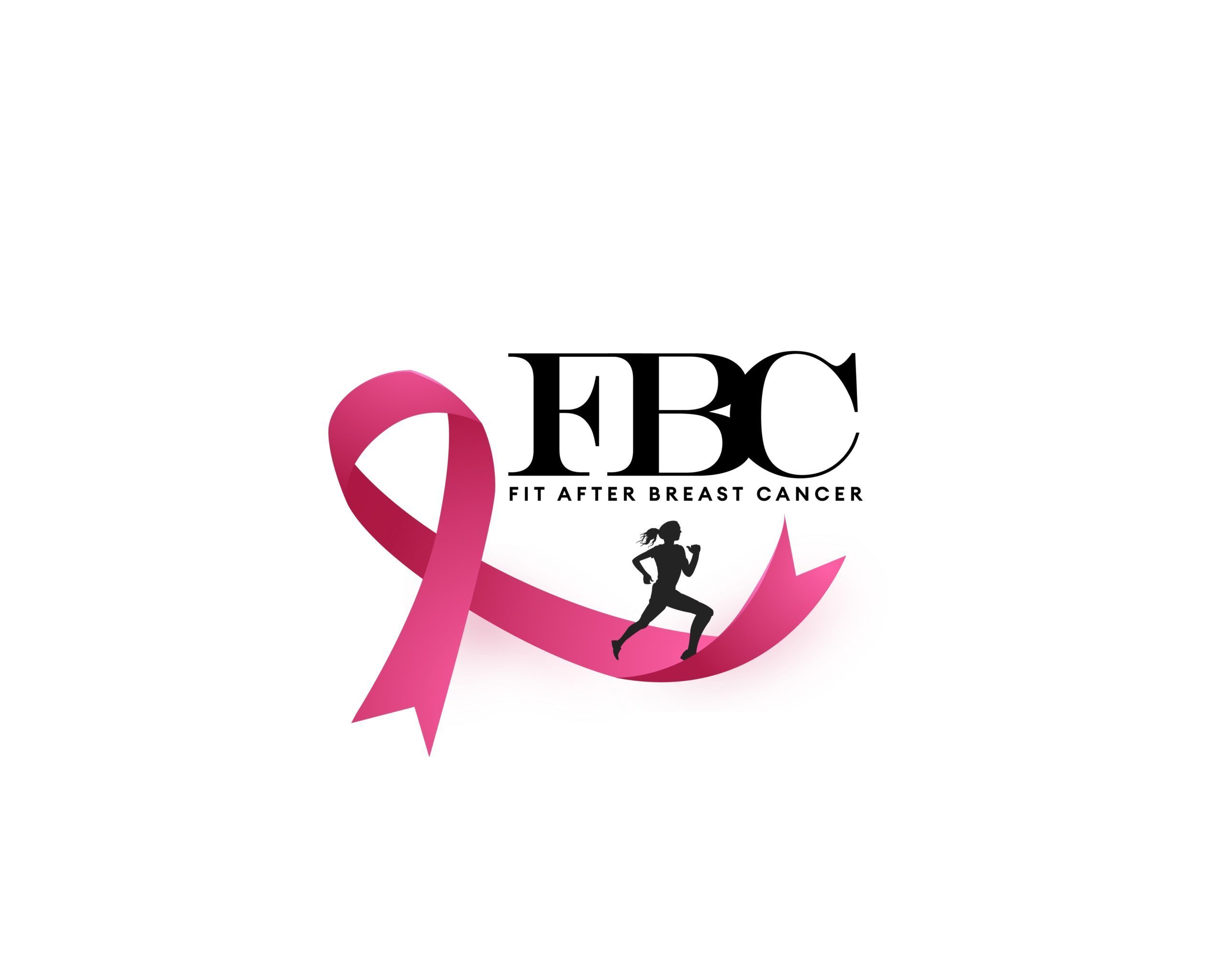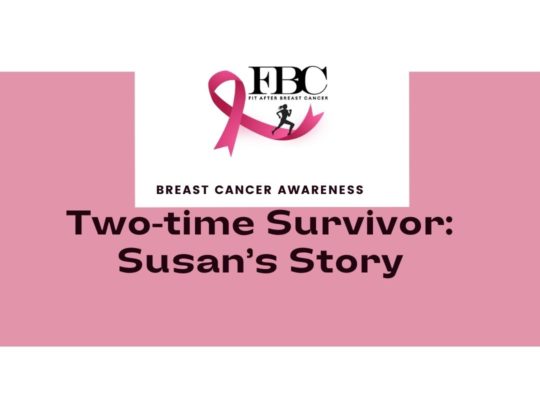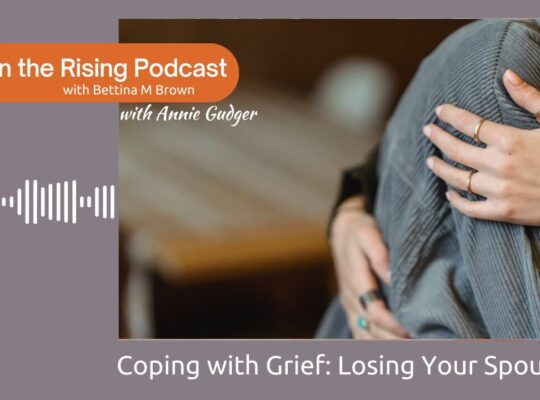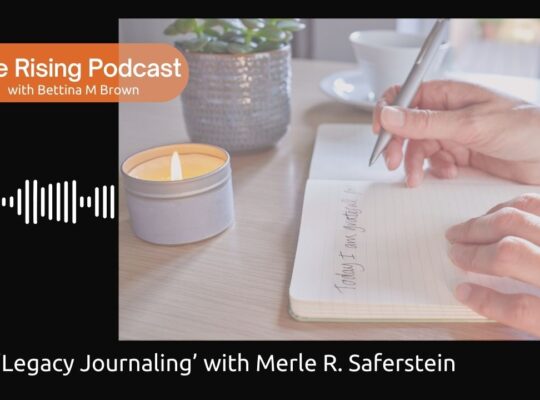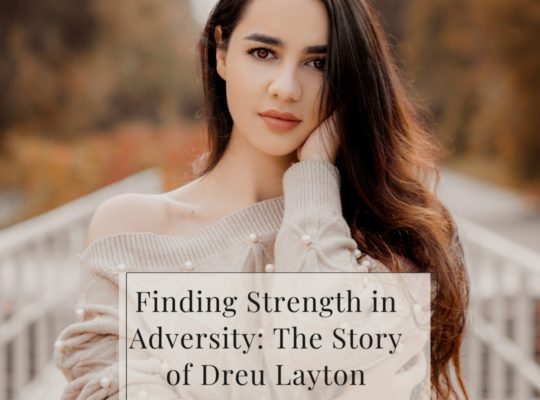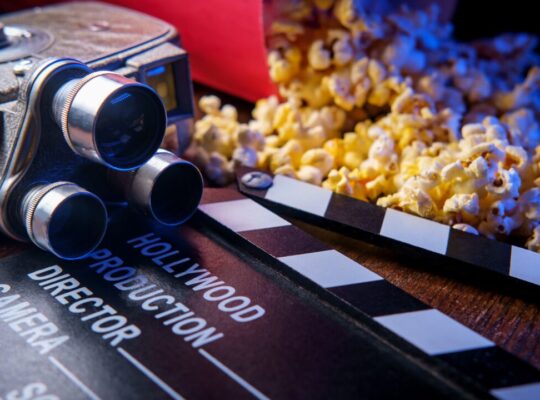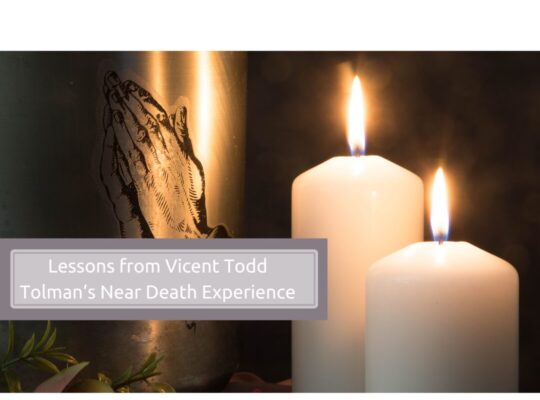As a Physical Therapist, I have worked with hundreds of women undergoing various illnesses. While I was working primarily with those going through cancer, the question of Reiki’s health benefits came up. Some clients gently asked what my views of the topic were.
As I researched through books and YouTube and looked up research articles through the National Institutes of Health, I became much more interested in biofield therapies. This term was developed by the Office of Alternative Medicine (OAM) at the United States National Institutes of Health (NIH). Biofield therapy includes Reiki, Healing Touch, and external qigong.
The impact and relationship of a person’s emotional, mental, and physical health is undeniable. The longer I’m a physical therapist, the more I realize emotional, spiritual, and intellectual health is just as important as physical health to a person. Everything is significantly linked, and we can do more to serve our clients when we acknowledge these connections. I continued to learn more, and I eventually went through the three levels of Reiki teachings and became a Reiki Master myself. The views of this blog are my own and that of research I’ve read.
Reiki: Energy Healing Method
Reiki is a Japanese healing technique that has gained popularity in the world of complementary therapy as a powerful tool for reducing adult pain and anxiety. The basic principle is that all living things have an energy field. When the flow of energy is blocked, there is an increased risk of health conditions occurring. This holistic approach works by channeling energy through the practitioner’s hands to the patient, restoring balance and promoting better overall health. In this article, we’ll explore how Reiki therapy can help alleviate adult pain and anxiety while shedding light on the science behind it.
I did complete research and analyzed different data sources through the National Institutes of Health. This research reviewed 49 articles, including articles that studied cancer patients specifically, other articles that looked at post-surgical patients, and others that just looked at patients above 60.
Using the information and some basic statistics, the evidence suggests that reiki therapy can effectively reduce pain and anxiety. As with any research, the statement that more research would be beneficial goes without saying. But the evidence is there to suggest it is helpful.
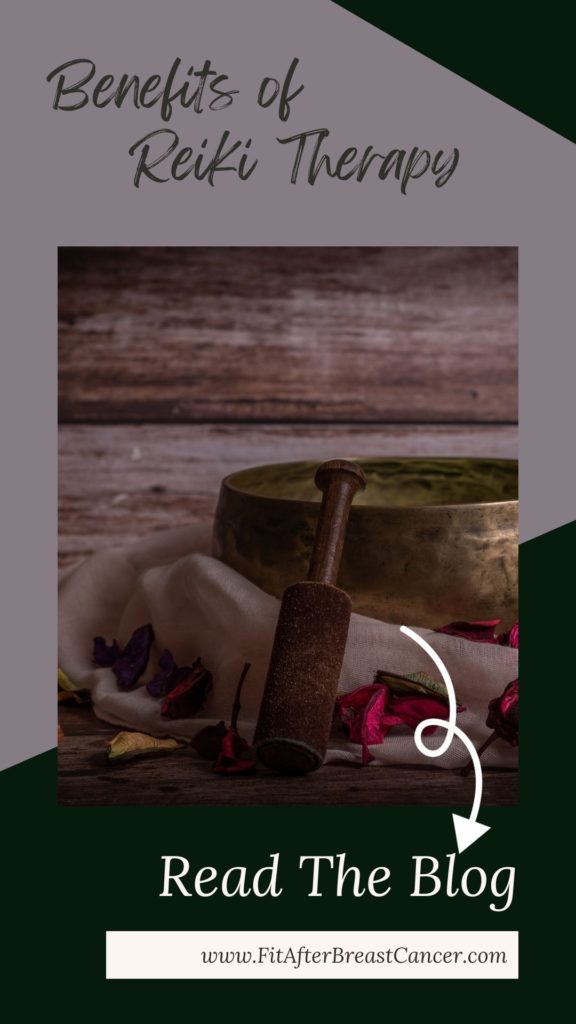
Understanding Reiki Therapy
Reiki fits into a class of techniques called CAM or Complementary and Alternative Medicine. It is more commonly used as part of conventional medical treatments. It is growing in popularity, but that can also be due to the willingness and acceptance of types of healing that are not just in Western culture. This is also due to increased knowledge of our body and the connections that we each have with our surrounding environment.
Reiki, which means “universal life energy,” is based on the belief that vital energy flows through our bodies. Reiki is a form of biofield energy investigated in conditions such as cancer, chronic fatigue, and diabetic neuropathy. Another form of biofield energy that the medical community has embraced is the Healing Touch Program, a therapeutic touch technique. Nurses can get certified in healing touch and perform this type of energy healing as part of treatment for cancer patients.
When this energy is low or blocked, it can lead to discomfort, illness, and emotional distress. Reiki therapy aims to remove these blockages, enabling power to flow more freely and improving overall well-being. This is like acupuncture, focusing on the meridians and the different pulses of the body.
So how does Reiki work? The Reiki practitioner is a channel for energy; the common analogy is that the practitioner is like a garden hose is a channel for water. At that moment, the practitioner is focused, as is the client.
History of Reiki Therapy
The consensus is that Reiki therapy began with Dr. Mikao Usui in Japan. This type of energy healing remained in Japan for several decades while he began to teach several students at a teacher and master level. The Usui system of natural healing involves a spiritual practice, but it was not part of a specific religion. It was eventually brought to the West and evolved as well.
Currently, there are three degrees of Reiki practice. The first two levels allow practitioners to treat themselves or others through light touch. An attunement process is part of the fin Al level. The last degree, or master level, allows the Reiki practitioner to teach and initiate others through the therapy of Reiki. Many members now belong to the professional reiki association.
Reducing Pain with Reiki Therapy
Chronic pain can be debilitating for many adults. Fortunately, Reiki therapy has shown promising results in alleviating pain. The healing technique helps by improving blood circulation and reducing inflammation, common causes of chronic pain. A study published in the Journal of Holistic Nursing revealed that participants experienced significant improvements in pain levels after receiving Reiki treatments.
According to this research article published in Pain Management Nursing in 2014, a significant decrease in the amount of pain reported by those patients going through cancer was reported after their first Reiki session. There was also a decrease in requests for opioids for those going through Reiki. Those patients who had gone through chemotherapy also had a significant reportable decrease in pain compared to those who did not go through Reiki treatment.
Reiki treatment was also found to have a decreased reported pain level for women who had undergone a hysterectomy. Overall, those women going through Reiki therapy took less pain medication.
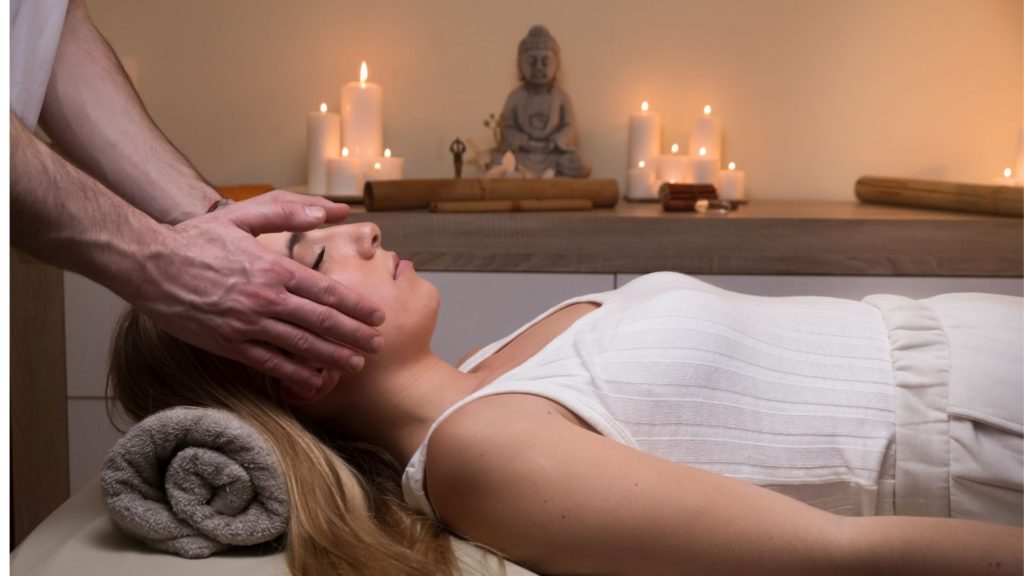
A typical Reiki therapy session
Many clients wonder what a typical Reiki session will be like. A little preparation for your Reiki session would be helpful. It is recommended that a person sit and reflect on their current emotional and physical state. This is especially important to do without judgment. Not having a negative or even a favorable review of how you are feeling at that moment allows you to observe where you are and acknowledge it as objectively as possible—evaluating your goals so far as your physical, emotional, and mental well-being is also essential.
Most Reiki practitioners will also emphasize the importance of a client setting an intention for that treatment session. That intention can be to have less pain, trauma, or emotional burden or just be higher on the rungs of the ladder of Wellness.
It is also advisable for a client to be well-hydrated and well-nourished before the session to be in the most relaxed state. When fully hydrated and nourished, the body naturally enters” rest and digest mode. That allows the body’s energy not to have to focus on basic survival needs. It is also suggested that you wear whatever makes you feel most comfortable.
You will be fully clothed and can wear that comfortable pair of sweatpants or loungewear. The goal is that healing energy will flow through your body, and the gentle touch therapy (or hovering of hands above the body) is all that is needed to have the effects of Reiki.
Most Reiki sessions last anywhere from 30 minutes to over an hour and a half. The client is typically in a very relaxed position, usually lying on a massage table. Soft music can play in the background, and silence when the practitioner places their hands in a manner that allows the healing energy to flow freely through different areas of the body. Sometimes, clients report feeling intense heat or cold in other parts of their body. This part of the process may involve the practitioner’s direct gentle touch or a light hovering of the hands over specific body parts in a particular order.
Some clients do not feel body sensations but feel a generalized sense of peace during or after the session. Others report a change in their body or pain and anxiety levels several hours or days after the session. Whether this is stress reduction, a release of negative energy, or reduced emotional pain, the reports of benefit are boundless. Even if this were a placebo effect, one can hardly argue if someone has improved general well-being.
There is no right or wrong for anyone. You be the best judge of how you feel, and having the time to reflect after your session would be your barometer for this.
Easing Anxiety through Reiki Therapy
Anxiety disorders are a prevalent issue many adults face daily. It can negatively impact one’s quality of life and cause numerous physical symptoms such as headaches, muscle tension, and sleep disturbances. Reiki therapy has been proven to help reduce anxiety by inducing a state of relaxation and promoting a better sense of well-being.
Research conducted at Hartford Hospital revealed that patients who underwent Reiki treatments experienced significant reductions in anxiety levels compared to those who did not receive treatment. By balancing the body’s energy flow, Reiki can help bring about a calmer state of mind that alleviates feelings of anxiety.
The Science Behind Reiki Therapy’s Effects
While Reiki therapy may seem mystical to some, a growing body of scientific evidence supports its benefits. In a review article published in the Journal of Alternative and Complementary Medicine, researchers found that Reiki therapy positively impacted pain, anxiety, and depression, among other ailments.
One theory suggests that Reiki’s therapeutic effects result from stimulating the body’s relaxation response. This process involves activating the parasympathetic nervous system responsible for the “rest and digest” response, which can help reduce muscle tension, lower blood pressure, and slow heart rate.
How to Find a Reiki Practitioner
Certification and Accreditation
- The International Association of Reiki Professionals is a great source for finding a professional Reiki Practitioner. Reiki can be done in person and over a distance, so connecting with your Reiki practitioner is really helpful.
- Reiki Membership Associations Many membership associations have lists of their current clients, and most practitioners want to connect with other practitioners to make the greatest impact on others. The overall intention is always to serve, so this would be a great resource for finding your future practitioner!
- Practitioner Credentials and Experience Just as with any other person, whether it’s your counselor, therapist, or medical practitioner, it is really important to find someone you trust and have the credentials. At this time, Reiki is still a newer practice with different guidelines than traditional Western healthcare, for example. However there are membership associations, and there are still certifications that the International Association of Reiki Professionals aims to maintain. Look into the credentials and ask about the experience of your practitioner. This is about your healing journey, and you want to find a connection with the right person.
Reiki for Pain Management and Pain Relief
Reiki therapy offers a non-invasive, drug-free solution for those seeking chronic pain and anxiety relief. With mounting scientific evidence validating its effectiveness, it’s no wonder more adults are embracing this ancient healing practice to improve their overall well-being. If you’re interested in experiencing the benefits of Reiki therapy, consider finding a certified practitioner in your area and exploring this holistic treatment approach. The body has the ability to heal itself when in the right environment.
Severe anxiety, depression, and pain can limit self-healing. So, the goal of Reiki is to reduce the levels of anxiety and depression while treating pain can increase the emotional and mental health of a person. Feeling like a healthy person can actually bring about the life force energy to have a happy and fulfilling life.
Overall, while the scientific evidence for the effectiveness of Reiki for pain relief is limited, many people have reported positive experiences with this form of complementary treatment. There could be more research comparing clients undergoing Reiki, Sham Reiki and a control group that isn’t receiving any intervention.
Using Reiki may be worth exploring as an option for helping manage pain perception, especially for those interested in complementary and alternative therapies. However, it is important to note that Reiki should not be used as a substitute for medical treatment, and anyone experiencing significant pain or discomfort should seek medical attention from a qualified healthcare professional.
Listen to the podcast here!
Interested in having resources available in a short digital copy? You can download the Breast Cancer Toolkit here.
In Good Health!
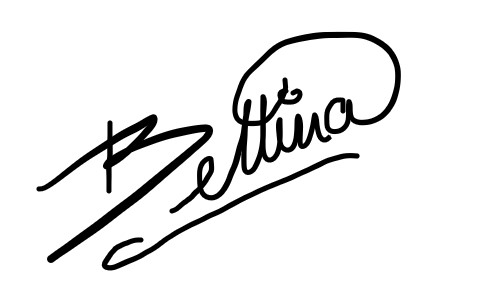
Transcription:
[00:00:00] Bettina, ITR host: Hello and welcome to In the Rising a Health and Wellness Podcast for those going through and those supporting those going through cancer. My name is Bettina Brown and I’m board-certified in physical therapy wound care and lymphedema. And you know, for me, cancer is very personal. It’s affected my friends.
My immediate and my not-so-immediate family, and therefore, I created this podcast and fit after breast cancer.com to address the multiple dimensions of our lives during and after recovery.
Hello. Hello. I’m so happy to have you here today on In The Rising Podcast. And if you notice something, it’s that I am doing a solo cast. It’s something I haven’t even done for several years and I actually miss it. I miss having my own agenda and things I really wanna talk about, and I have loved having guests on, and I will continue to have guests because I walk away learning something new and I know that we all do.
But I really wanna go back to the roots and the origins and more or less the purpose of this podcast, and that is to really be about health and wellness and having your own definition of what your life is and what you want that to look like. As I was thinking about what a health and wellness podcast is
I really had to go back to what are my own core values. And that’s when I came across my own power quote. And I’m gonna share this with you at the end of this podcast. I have it written out, I have it in a frame. And it’s really, I think, the quote that I wanna live my life by. And I would love to share that with you in a little bit.
And as I was thinking about what should this conversation be about? I decided to look at real health, what the definition of health means, and what it can mean for especially those going through a major life event. And often that major life event is kind of an assault on our health. And really if health is the definition of being free from illness or injury, and it does involve your mental and physical condition.
Health is a big thing and I think that’s probably why it’s so hard to define, and it’s also trying to find the meaning of it for every single person on every different point in their life. What I really wanna emphasize today is an emotional connection to a physical connection. If you’ve heard me talk long enough, you know I’m a physical therapist and I say the longer I’m a physical therapist, the more I realize how much of our health.
Has nothing to do with our physical wellbeing, but our emotional and spiritual and mental, psychological wellbeing and how that affects our physical health. As well as going the other way around. I started remembering as I was pondering this question on the drive home from work that I have had many clients really kind of whisper something to me because they found something that was helpful for them, but they didn’t feel it was really socially, uh, or in western culture, western healthcare culture.
It was not really accepted and it was complimentary. Or alternative, complimentary, and alternative types of health. And that is Reiki. And maybe you’ve heard of this before, and maybe the, the, it conjures up visions of people walking around and flowing dresses and having long hair or hair and dreads walking around in Santa Fe, New Mexico or, or having anything of that nature.
But Reiki is actually so much deeper and larger than that. It is something that a lot of my clients would. Whisper to me almost and say, have you heard of anything about Reiki or, I thought about doing it, and when I said With confidence, yes, I’ve heard about it, and I’ve had many clients really appreciate the experience that there was this sense of relief that came across from my client and they.
Would either share they have done this, or they felt more comfortable walking down that path and seeing what that felt like. And so I wanted to share what Reiki is because I thought this was a little bit of a woohoo thing. As I learned more and learned more, I walked down the path of becoming a Reiki student and all the way up to a Reiki master and a Reiki practitioner myself.
And even though I don’t typically use this on my clients, I do use this on myself, and I think that’s one of the wonders of this type of therapy is that you don’t need someone else to do this kind of. Rehabilitation through yourself. So what is it anyway? Well, reiki is a Japanese healing technique.
There are a lot of questions who’s and has and who did it and who’s really, and, and who brought it back to the Western culture? But there’s really no discrepancy that it came from Japan, and a lot of people really do attribute that. This came from Dr. Usi, who went on his own fasting adventure and really felt connected to the spirit.
And so what Reiki entails, just by default, is a greater connection to something bigger than us. And using energy and probably this conversation would’ve been very different 50 years ago or a hundred years ago, about using energy. But we know so much more about it and it’s often in our language.
You know, I like their energy, I’m feeling their vibe. I don’t get good vibes or good feelings from that person. We use it in our language to describe something that we truly don’t have an understanding of, or when we’re on a, on really nice first date and our hands will touch and we feel this electric shock of energy.
There’s a lot of research backing up that this is true, that we are in each other’s energy fields all the time, and truly that is our heart. San energy field can be up to three feet away so you can feel if someone is caring for you. You can feel if they’re not. So really what research and science is doing, which I’m a fan of, I love it, uh, is really identifying that Reiki has something to it that is a little more than just the woo-woo.
That there’s actual evidence to it, and it’s been around for a long time. It’s becoming more popular. And when I say popular, I think more accepted that this is a type of healing therapy that helps spiritually, emotionally, intellectually, and physically. But regarding reiki, And my topic today, I wanted to address how this can really be used to help reduce anxiety and help reduce pain.
I came across this article which was published through, what we call Pubmed. It’s in the National Institutes of Health, and this article was like, an analysis, a meta-analysis, looking at 49 different articles and how each of those 49 had to meet certain criteria. But they looked at everything from those going through cancer to those who had just had surgery.
To those who were feeling some sort of anxiety in anticipation of surgery or anticipation of some sort of health intervention. And what they found is that, of course, we still need to do more research. We need to have a lot more evidence behind it. But there is something to it that a lot of people require less pain medication after one or more.
Sessions of Reiki, also reported less anxiety. This is a great time when you can question yourself. Is coffee really the reason why you wake up in the morning? Or is it the act of having coffee? Is it the act of going through the motions and adding your creamer and sitting down for that cup and having that first sip and it feels so good?
Do we really feel more awake after a few milligrams of caffeine, or is it the anticipation of knowing we will? And it’s the same with Reiki. And what is really wonderful about this is that there’s nothing that is required from anyone. Yes, you wanna have a reiki practitioner who has done some research and learning and growth and has a connection, but it’s really not this practitioner who is healing you.
They’re really more like a channel of energy, kind of like a water hose is a channel for the water. It is not going to bring the water. It doesn’t create the water. It allows the water to flow in a certain direction, and that is really what Reiki is for, and the person who you seek Reiki from. How often do we go to a counselor and we’re like, I’m, I need some direction, I’m needing some guidance because we need feedback that we’re putting out information, we’re putting out how we’re feeling, but it’s really having someone else.
Bring that mirror up or review things with us, and that’s the same type of energy mechanism that Reiki is. And having that time to be in a comfortable position to have your intentions when you walk in there, is your intention to feel better? Is your intention to let some? Trauma go is your intention to let your body actually stop doing, doing, and not be the human doing, but be the human being for just some time of your life.
Allowing yourself this moment to relax, to not be attached to technology, to not feel like you have to be on the go for something. And when you are experiencing that, a lot of my clients have said, You know, Betina, I actually felt better. I felt at peace. I felt at calm. I could really feel heat generated from another person’s hands.
I could really feel it. An internal flame that came outta my body. I really felt less pain. I really felt like I had just released a couple of Samsonite luggage from my shoulders, and I could walk taller. I felt better. Well, if these are the sensations of why and what we’re feeling, how can this really be used in our day-to-day life?
And another question that came up with all of my research and reading. Is, do we need to have a chronic pain condition? Do we need to have a trauma in our life? Do we need to have something happening in order to experience and involve ourselves in a regular reiki practice? Do we need an excuse? And what I really feel is, no, I feel that if we want to practice this, this is just as much of a prevention and health maintenance as it is a health intervention.
And that’s what I think is the beauty about Reiki itself. So what does a typical session look like? Is it often what is asked? Well, it can be whatever you want. You can have it in person or you can have it distance. And this is the first time when people will look at me like, okay, beta. When I talk about it, and here’s when I’m gonna give a disclaimer.
First of all, I was, I was really in that, same boat. Like what do you mean by distance healing? And, and I’m not so sure about that. So I decided to do my own experiment and I signed up. I became a Reiki student and I did the studies. I did the research. I really looked into it. I took the mindfulness component, the meditation components that go a part of this, finding my own guide and finding my own values in life, and finding a place in my own mind that is a really safe place for me to go to at any time.
And coming back from that, how I felt that I felt so connected to the ground, I felt so connected to my environment. I felt connected in a way that having a connection over social media and even a phone conversation is not quite the same. I felt connected to someone very important, and that was myself. I felt very connected to my values, my purpose, and my vision in life, and that is a very freeing.
Moment, and if we look up the definition of health, it is to be free. It’s really the first word, the state of being free from illness or injury, but it’s the state of being free and that’s a really nice place to be. It really is. And as I was going through that, I decided to go through my own. Final step, step three, and not just being a student and working on myself, but learning how to apply all the principles of energy and meridians and chi and see how I can use that to work on others.
And so you are really treated from someone else. Who opens and helps open you up, who is a channel for you to really bind that final step. And I signed up. I will admit to you rather skeptically and I was, you know, asleep at five o’clock in the morning. I remember it was around five o’clock and I thought, okay, I’ll wake up and see if I feel any different.
And I suddenly came out of a deep sleep and I felt like my body was on fire when my. Eyes opened. I thought for sure the bed’s on fire because I was just hot. And anyone that knows me, they know I wear gloves to type, like my hands are always cold. I’m usually that person with the sweatshirt in the summer.
I don’t carry a lot of body temperature. I don’t. I think my thermometer is broken. So to have this experience of intense heat was really awkward and quite vulnerable, and as soon as it happened, I reached for my cell phone to look at what time it was, and it was five o’clock in the morning. And I was getting my distance attunement, and so at that moment, I did believe in distance.
I did believe in connection. We’ve learned through science that particles can be in two places at one time. If this energy that we talk about actually is true and the research is showing it, is there something about that that can be very freeing? And so with this Reiki, I have really advocated for people to learn more.
I’ve advocated for people to adopt it and integrate it into their life. You do not have to take away anything. You don’t have to take away your nutritious eating. You don’t have to take away the moments of being able to walk in nature. You don’t have to take away anything, but just have a moment to reconnect with yourself and to be free.
And what the research has shown is that those that were doing this were able to report less pain. They needed less pain medication. They required often fewer opioids. And we all know about the crisis we’re having right now in the Western world with opiates. They also reported less anxiety and pain when they did their, questionnaires.
They felt a higher quality of life. Now, could these, analyses be with a greater people, a greater end? They call it like a greater number of individuals. Yes. Could there be a sham reiki, you know, where you’re. Having someone there, but they’re not in an active state of performing reiki, but just physically there and see what is really working.
Yes, there’s definitely more research that can be done, but for those people who had just had their surgery, for those people who had just gone through chemotherapy, for those people who were having that pain, their pain perception had reduced. It was very real to them. And so I would really challenge you.
To go ahead and learn more about something like Reiki and to, to find your own state of health, knowing that you’re free from illness and injury, but also to find what is health and what health means to you today, and what are you gonna do to get there. What Western, Eastern complementary, alternative, and integrative things are you gonna do in your life?
So my power quote today is something I have chosen. To live my life by, and the quote is by Audrey Lord, when I dare to be powerful, to use my strength in the service of my vision. Then it becomes less and less important whether I am afraid. It is my hope that you found this episode of value, that you’re going to go look into another source, and that there are show notes below where you can find practitioners, where you can gather some more information.
So you can read the blog post that’s written by me about it in my own journey, and so I welcome you to. Learn more about this and learn more about yourself. Until next time, let’s keep building one another up!
